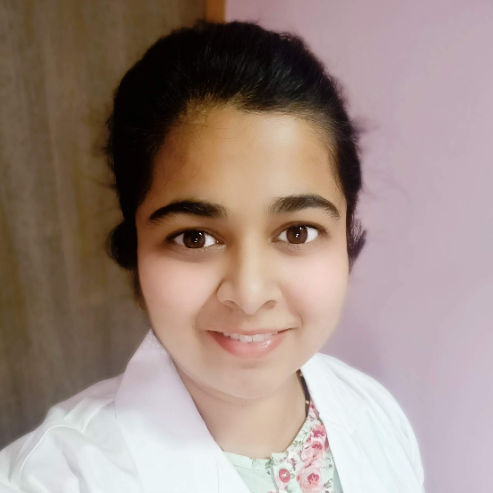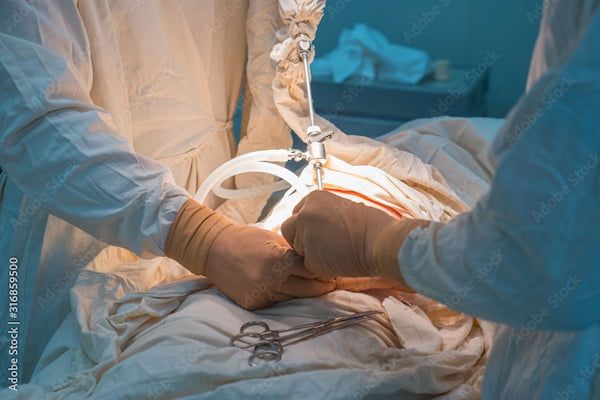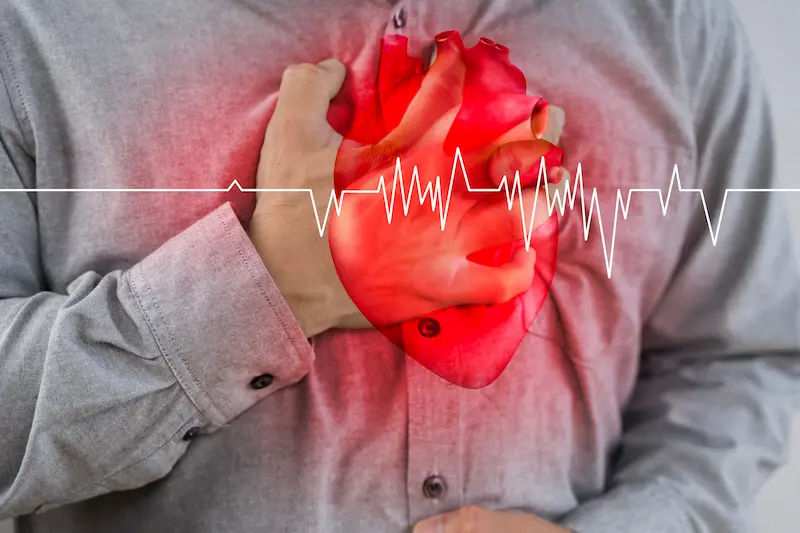Angioplasty After Effects: Know About It All
Explore the after effects of angioplasty, from recovery and lifestyle changes to possible complications. Understand what to expect post-procedure and how to ensure a smooth and healthy recovery.

Written by
Last updated on 7th Jul, 2025

Introduction
Undergoing an angioplasty can be a life-saving procedure for people with blocked or narrowed arteries, especially those at risk of a heart attack. While the procedure is minimally invasive and generally safe, it’s natural to have concerns about what happens afterward. This article will guide you through the common after-effects of angioplasty, how to manage them, and steps to ensure a smooth recovery.
What is Angioplasty?
Angioplasty is a medical procedure used to open blocked or narrowed coronary arteries (the blood vessels that supply the heart). A thin tube (catheter) with a small balloon at its tip is inserted into the blocked artery. The balloon is inflated to widen the artery, and often a small mesh tube called a stent is placed to keep the artery open.
Common After-Effects of Angioplasty
After the procedure, some patients experience mild to moderate side effects, which are usually temporary. Here’s what you might expect:
1. Discomfort at the Catheter Insertion Site
Where: Usually in the wrist (radial artery) or groin (femoral artery).
What to expect: Bruising, tenderness, or a small lump.
How to manage:
Keep the area clean and dry.
Avoid heavy lifting for a few days.
Apply gentle pressure if there’s minor bleeding.
2. Fatigue and Weakness
Why: Your body needs time to recover after the procedure.
How to manage:
Rest adequately but stay lightly active (short walks).
Gradually increase activity as advised by your doctor.
3. Chest Discomfort
Why: Mild chest pain or tightness may occur due to the artery adjusting.
When to worry: If pain is severe, prolonged, or accompanied by sweating or nausea, seek medical help immediately.
4. Bleeding or Swelling
Why: The insertion site may bleed slightly.
How to manage:
Follow your doctor’s instructions on wound care.
Avoid strenuous activities for a few days.
5. Allergic Reactions (Rare)
Why: Some patients may react to the contrast dye used during the procedure.
Symptoms: Rash, itching, or difficulty breathing.
What to do: Inform your doctor immediately if this happens.
Consult Top Specialists for Personalised Tips
Long-Term Recovery and Lifestyle Adjustments
Angioplasty is not a cure for heart disease. It’s a treatment to improve blood flow. To prevent future blockages, you’ll need to make some lifestyle changes:
1. Medications
Blood thinners (like aspirin or clopidogrel): Prevent clots in the stent.
Cholesterol-lowering drugs (statins): Keep arteries clear.
Blood pressure medications: Reduce strain on the heart.
Always take medicines as prescribed.
2. Heart-Healthy Diet
Eat more: Fruits, vegetables, whole grains, lean proteins (fish, chicken).
Avoid: Excess salt, sugar, fried foods, and processed meats.
Limit: Alcohol and caffeine.
3. Regular Exercise
Start with light walking and gradually increase activity.
Aim for 30 minutes of moderate exercise most days (after doctor’s approval).
4. Quit Smoking
Smoking increases the risk of artery blockages.
Seek help if needed. Nicotine patches, counselling, or support groups can help.
5. Stress Management
Practise relaxation techniques like deep breathing, meditation, or yoga.
Avoid unnecessary stress and get enough sleep.
When to Seek Medical Help?
While most after-effects are mild, contact your doctor if you experience:
Severe chest pain (could indicate a new blockage).
Excessive bleeding/swelling at the insertion site.
Fever or signs of infection (redness, pus, warmth at the site).
Shortness of breath or dizziness (could signal heart complications).
Follow-Up Care is Crucial
Your doctor will schedule follow-up visits to monitor your recovery. Regular check-ups help ensure the stent is working properly and detect any issues early.
Conclusion
Angioplasty is a highly effective procedure, but recovery requires patience and care. By following medical advice, taking prescribed medications, and adopting a heart-healthy lifestyle, you can significantly improve your long-term heart health.
Consult Top Heart Surgeon
Consult Top Specialists for Personalised Tips

Dr. Anand Ravi
General Physician
2 Years • MBBS
Bengaluru
PRESTIGE SHANTHINIKETAN - SOCIETY CLINIC, Bengaluru

Dr. Tripti Deb
Cardiologist
40 Years • MBBS, MD, DM, FACC, FESC
Hyderabad
Apollo Hospitals Jubilee Hills, Hyderabad

Dr. Zulkarnain
General Physician
2 Years • MBBS, PGDM, FFM
Bengaluru
PRESTIGE SHANTHINIKETAN - SOCIETY CLINIC, Bengaluru

Dr. Janjirala Seshivardhan
Cardiologist
7 Years • MBBS,DNB(GM),DM(Cardiology)
Manikonda Jagir
Apollo Clinic, Manikonda, Manikonda Jagir

Dr Nazneen Khan
Cardiologist
7 Years • M.B.B.S, M.D (MEDICINE), DrNB CARDIOLOGY
Pune
Apollo Clinic, Viman Nagar, Pune
Consult Top Heart Surgeon

Dr. Anand Ravi
General Physician
2 Years • MBBS
Bengaluru
PRESTIGE SHANTHINIKETAN - SOCIETY CLINIC, Bengaluru

Dr. Tripti Deb
Cardiologist
40 Years • MBBS, MD, DM, FACC, FESC
Hyderabad
Apollo Hospitals Jubilee Hills, Hyderabad

Dr. Zulkarnain
General Physician
2 Years • MBBS, PGDM, FFM
Bengaluru
PRESTIGE SHANTHINIKETAN - SOCIETY CLINIC, Bengaluru

Dr. Janjirala Seshivardhan
Cardiologist
7 Years • MBBS,DNB(GM),DM(Cardiology)
Manikonda Jagir
Apollo Clinic, Manikonda, Manikonda Jagir

Dr Nazneen Khan
Cardiologist
7 Years • M.B.B.S, M.D (MEDICINE), DrNB CARDIOLOGY
Pune
Apollo Clinic, Viman Nagar, Pune




